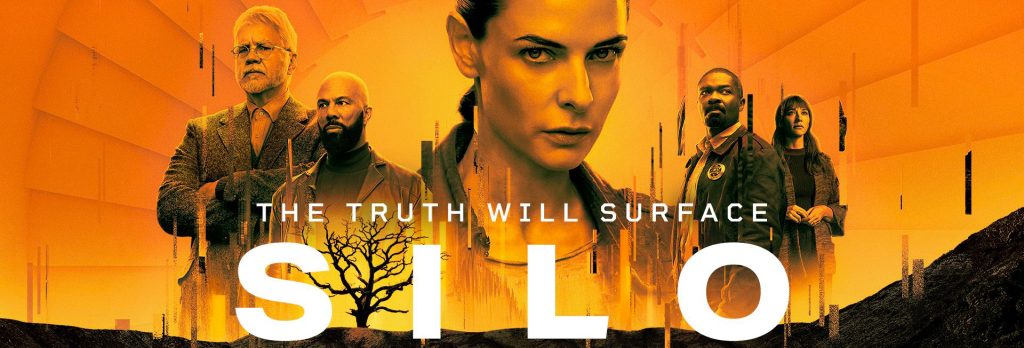After a few more changes to the first book yesterday, I’m back to editing numbers two and three today. There’s a challenge in telling a single story across multiple books: thinking about and planning for the readers who might go through these entries in a random order. But maybe I’m making this more complicated than it needs to be.
There’s a handful of ways one can write multiple novels. One method is to write stories that have absolutely nothing to do with one another. Each entry introduces new characters (or more likely, the same three characters the author always writes, but with different names) and they can be read in any order. I haven’t read all of Grisham’s novels to know if he sticks to this formula, but judging from his movies… he’s one of these authors.
Another option is to write about the same characters, but have each story self-contained. John D. MacDonald was a champ at this. Each book introduced Travis McGee and his boat, The Busted Flush, in the exact same way. New readers always had a decent introduction, and for regular readers, the paragraphs of carbon-copy descriptors became a rite of passage. Something to tickle the nostalgia, or to skim over.
Then you have the trilogy (told in five parts if you’re Douglas Adams). These are books intimately tied together, telling a larger story over several volumes, even as each entry has its own arc and climax. Of these three examples, this is probably the trickiest format. Naturally, it’s the one I’m tackling.
My problem is, I believe, that I’m trying to cater to readers from all three groups with the same novels. I want to tell a complete story with each entry, but I want to reward regular readers with an overall story that grows in scope as they go along. It’s thinking about the people picking up book two without having read book one that disturbs this formula somewhat. Do I reference important events in my character’s lives in order to please the “insiders” at the risk of confusing the random reader? Can I have a “dark” ending in honor of THE EMPIRE STRIKES BACK and trust the entire body of work to support itself? How much time do I spend describing and introducing each character in order to please both crowds?
And is all this agonizing over the out-of-order reader justified? What percentage of the readership will these people represent? Is a trilogy somewhat immune to these considerations? And do I risk turning off some readers who don’t want to get involved in a story that takes multiple books to finish? The mixture of plotting, reader psychology, and marketing one has to consider can be pretty daunting.
Then there’s the idea my wife had last night, as I agonized over the length of the second book, and the need to tell the story properly. She suggested the middle book in the trilogy be released as a two-parter. Intriguing idea. I’ll be thinking of the best way to structure this as I edit like a madman today.


Leave a Reply